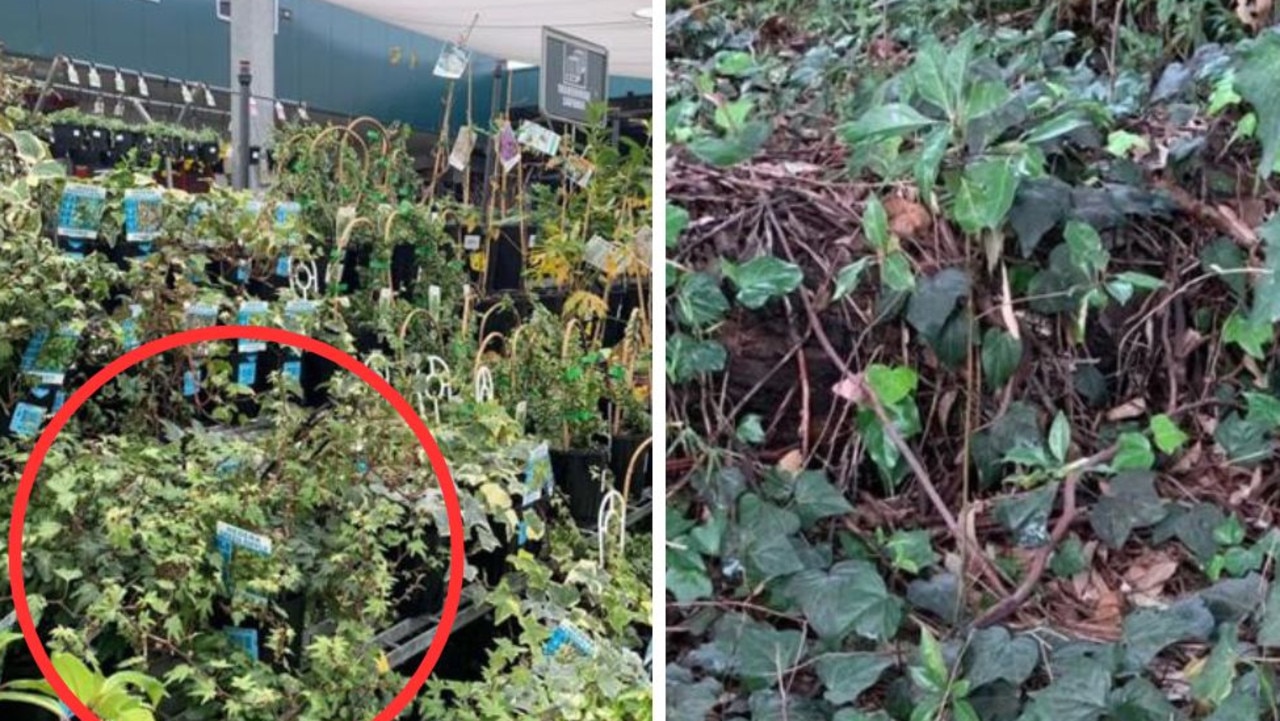Victorian power industry workers in Latrobe Vallery ‘want real jobs, not token retraining’
The CFMMEU is backing an energy transition and isn’t against a net zero by 2050 target, but they have concerns about how it would happen and create jobs.
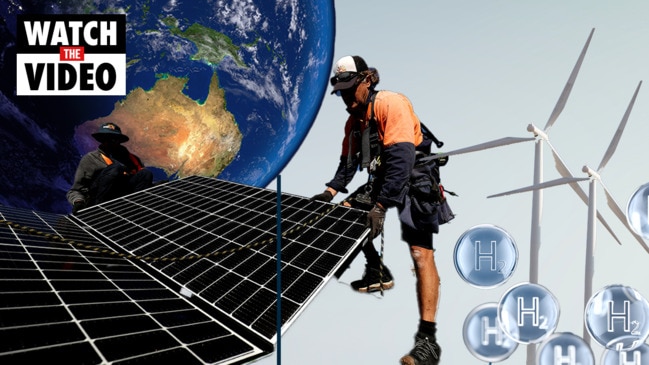
Environment
Don't miss out on the headlines from Environment. Followed categories will be added to My News.
The creation of high quality, permanent jobs needs to be at the core of planning around the energy transition playing out across the Latrobe Valley, local union and government figures say.
The brown coals of the Latrobe Valley have long powered Victoria and provided some of the best paid and most secure work in the region.
But the old coal fired generators have begun to close, raising serious questions about where the next generation of jobs will come from and whether they will match the wages and security offered by those being lost.
CFMMEU Mining and Energy Division Victorian Branch secretary Geoff Dyke said the union supported an energy transition and was not arguing against a net zero by 2050 target.
There were, however, major unanswered questions about how it would happen and what industries would provide a highly trained workforce with comparable employment opportunities, he said.
“In terms of transition, to date we have only really been given a lot of lip service,” Mr Dyke said.
“Power industry workers want real jobs. We don’t want token retraining, we don’t want welfare and we don’t want an unviable transfer to renewables when the jobs aren’t there and they are not viable replacement jobs.”
The state government singled out Gippsland in its $540m package to create six renewable energy zones across the state.
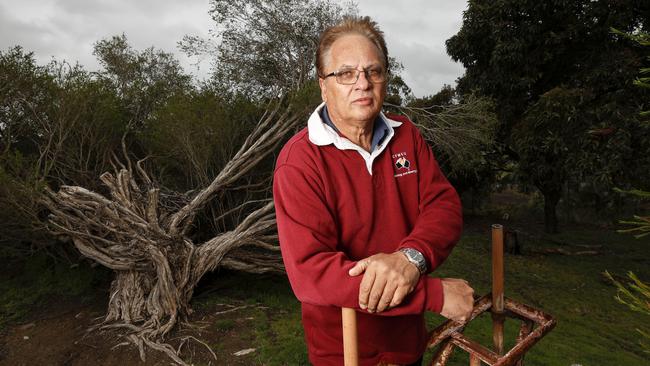
South Energy is building the $110m Frasers solar farm near Toongabbie while Solis RE has proposed a $1.2bn renewable energy park which would include solar and big battery.
The proposed Star of the South wind farm – an $8bn to $10bn development which would be the nation’s first offshore wind farm – says it aims to soak up workers from the Yallourn coal-fired power station when it closes in 2028.
These projects have been welcomed by the region.
But Mr Dyke, who lives in Morwell, questioned the ability of the renewables sector to provide the same quantity and quality of jobs as the coal-fired power sector had.
The closure of Hazelwood in 2017 impacted 750 workers while Yallourn, to close in 2028, employs 500 workers.
Mr Dyke said about one-third of Hazelwood workers had ended up in early retirement, another third were being employed in demolition and rehabilitation of the site while the final third had only been able to gain less secure casual employment, some of it on a fly-in, fly-out basis.
“For solar you’ve got someone washing the panels and someone spraying the weeds underneath them – that’s not a good job for an engineer,” he said.
“They are low-paid, non-unionised jobs and they are outside of this region. I don’t know too many workers who would get excited about going from $250,000 a year to $50,000.”
Potentially more promising, Mr Dyke said, was a $500m Japanese-backed project to produce hydrogen from brown coal and store the associated emissions in depleted Bass Strait oil and gas fields using carbon capture and storage technology.
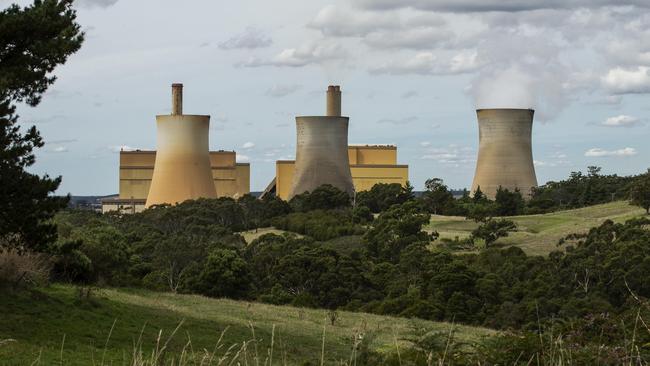
“We think power workers would be directly transferable to a hydrogen plant,” he said.
The veteran power industry worker added all technological options should be on the table, including high-efficiency, low-emission coal plants coupled with carbon capture and storage and nuclear.
“We should repurpose the power station sites and the gird needs dispatchable power,” he said.
Star of the South chief Frost Thorhauge believes the proposed wind farm can play a key role in addressing local concerns around jobs.
The project could create 2,000 direct jobs in Victoria over its 30-year lifetime, including around 760 in Gippsland during construction and 200 ongoing local jobs during operations, Mr Thorhauge said.
“Offshore wind is one of the region’s strongest opportunities for ongoing jobs in power generation – thousands of workers are employed globally in the sector, including those who have transitioned from the coal and offshore oil and gas industries,” he said
“Star of the South could be the start of Australia’s biggest clean energy hub – progressively decarbonising electricity, boosting our domestic manufacturing capabilities and contributing to hydrogen production.”
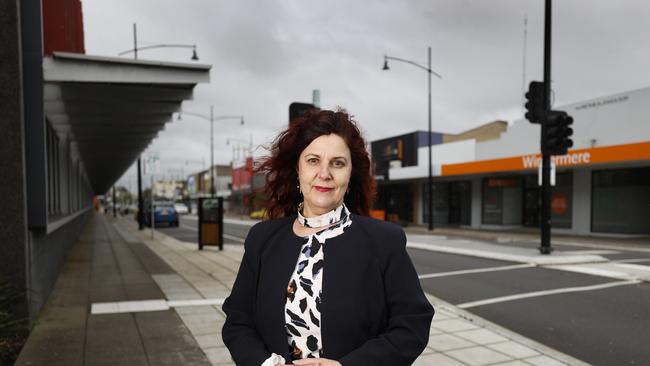
Latrobe City Council mayor Sharon Gibson said the region was not sticking its head in the sand about the changing energy mix or need to address climate change.
But it wanted practical guidance and solutions about where future jobs would come from.
“People are not against lowering emissions, but they are concerned about jobs,” she said.
“If we don’t start – and the government doesn’t help us – in changing our economy we are facing a bleak future … we need everyone in government to work together.”
Ms Gibson said the region was still feeling the impact of the Hazelwood closure which cut council funding by $2m a year.
The Yallourn closure would deliver a similar sized hit.
“That helps pay for services – waste, libraries, infant welfare services,” she said.
“We are looking at having $4m taken out of our budget each and every year. How do you make that up unless you have new industry come on-board?”
The state government set up the Latrobe Valley Authority in the wake of the closure and the body has funded millions of dollars in local projects such as the new Gippsland Regional Aquatic Centre and street scape upgrades of Morwell.
While such investments are welcome, Ms Gibson said the region ultimately needed new industries.
“What has been done to date is great for liveability but we need industry,” she said.
“Jobs on the ground down here – permanent, full time jobs – are not in abundance.”
Originally published as Victorian power industry workers in Latrobe Vallery ‘want real jobs, not token retraining’


